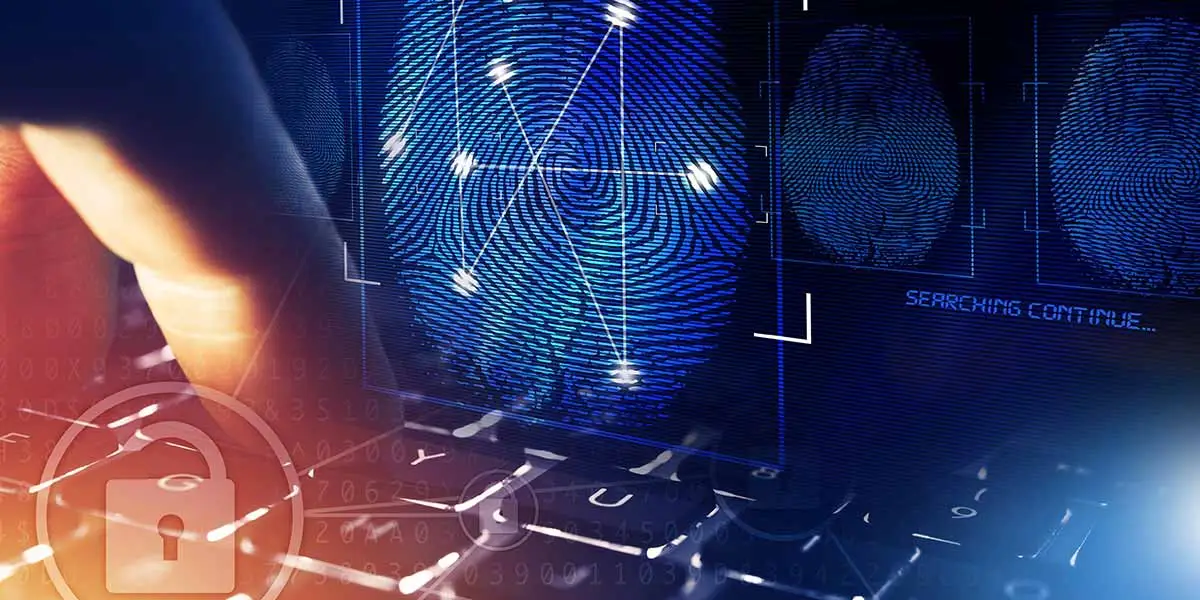
Jul 18, 2023
Blog Life Sciences , Digital World The Technology Trends Shaping the Future of Forensics
The forensics industry is in the middle of a rapid growth surge, driven by the rising crime rates and the growing recognition of the crucial role forensic evidence plays in solving crimes. As demand skyrockets, the global market for forensics technology is projected to climb. BCC Research predicts the market will reach an astounding $42.1 billion by 2027, with a compound annual growth rate (CAGR) of 15%.
Today, we’re diving into the trends revolutionizing the industry.
One of the most significant trends reshaping the forensics landscape is automation. Automated systems are used for evidence collection, processing, and analysis, which enables investigators to work more efficiently and accurately. Here are some key areas where automation is making an impact:
BCC Research’s latest report provides an in-depth analysis of the shifting outlook for forensics technologies. Diving into the market picture, including five-year forecasts, regional analysis, and an evaluation of the competitive landscape, the report is hugely valuable for those navigating the changing landscape.
Artificial intelligence (AI) has emerged as a game-changer, automating various aspects of forensic investigation and delivering more accurate and efficient results. Below are some examples of AI's impact on the field:
Nanotechnology is on the verge of revolutionizing forensics by enabling the analysis of minute traces of evidence, such as DNA or gunshot residue. By enhancing the sensitivity of analytical techniques, nanoparticles are facilitating more accurate and reliable forensic analyses. Let's explore some key applications of nanotechnology in forensics:
As the industry continues to evolve, embracing these key trends will be crucial for forensic professionals to stay at the forefront of crime-solving techniques and meet the growing demands of a complex and challenging world.

Olivia Lowden is a Junior Copywriter at BCC Research, writing content on everything from sustainability to fintech. Before beginning at BCC Research, she received a First-Class Master’s Degree in Creative Writing from the University of East Anglia.
In today’s fast-paced biomedical world, researchers and pharmaceutical companies...

Radiopharmaceuticals represent a cutting-edge frontier in modern medicine, offer...

Implantable Remote Patient Monitoring (IRPM) devices are revolutionizing healthc...

We are your trusted research partner, providing actionable insights and custom consulting across life sciences, advanced materials, and technology. Allow BCC Research to nurture your smartest business decisions today, tomorrow, and beyond.
Contact UsBCC Research provides objective, unbiased measurement and assessment of market opportunities with detailed market research reports. Our experienced industry analysts assess growth opportunities, market sizing, technologies, applications, supply chains and companies with the singular goal of helping you make informed business decisions, free of noise and hype.